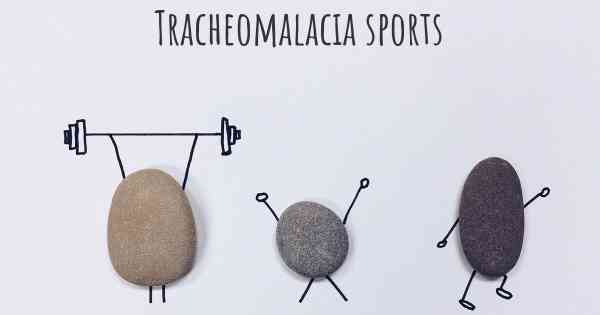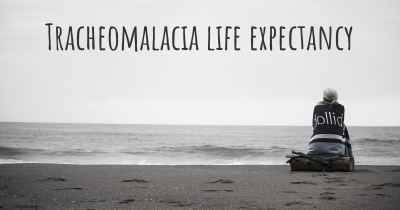Is it advisable to do exercise when affected by Tracheomalacia? Which activities would you suggest and how intense should they be?
See if it is advisable for people with Tracheomalacia to practice sports and which ones are the most recommended if you have Tracheomalacia

Is it advisable to do exercise when affected by Tracheomalacia?
Tracheomalacia is a condition characterized by the weakening or collapse of the walls of the trachea, which is the windpipe that allows air to pass in and out of the lungs. This can lead to breathing difficulties, coughing, and other respiratory symptoms. If you have been diagnosed with tracheomalacia, it is important to consult with your healthcare provider before starting any exercise regimen.
While exercise is generally beneficial for overall health and well-being, it is crucial to consider the specific limitations and needs of individuals with tracheomalacia. The severity of tracheomalacia can vary from person to person, and the appropriate exercise recommendations may differ accordingly.
Which activities would you suggest and how intense should they be?
The choice of activities and their intensity should be determined by your healthcare provider, taking into account the severity of your tracheomalacia and any other underlying health conditions. However, there are some general guidelines that can be considered:
1. Low-impact exercises: Engaging in low-impact activities can be beneficial for individuals with tracheomalacia. These exercises are gentle on the joints and do not put excessive strain on the respiratory system. Examples of low-impact exercises include walking, swimming, cycling, and using an elliptical machine.
2. Breathing exercises: Focusing on breathing exercises can help improve lung capacity and respiratory muscle strength. Deep breathing exercises, diaphragmatic breathing, and pursed lip breathing techniques can be beneficial. These exercises can be performed while sitting or lying down and can be tailored to your specific needs.
3. Postural exercises: Certain postural exercises can help improve lung function and reduce symptoms associated with tracheomalacia. These exercises focus on improving posture and expanding the chest cavity. Examples include shoulder rolls, chest stretches, and upper back exercises.
4. Strength training: Incorporating light strength training exercises into your routine can help improve overall muscle strength and endurance. However, it is important to avoid exercises that put excessive strain on the respiratory system, such as heavy weightlifting or exercises that require significant exertion.
5. Avoiding triggers: It is essential to identify and avoid any triggers that may exacerbate your tracheomalacia symptoms. This may include activities that involve exposure to cold air, irritants, or allergens. Your healthcare provider can provide specific guidance on avoiding triggers based on your individual condition.
6. Gradual progression: When starting an exercise program, it is important to begin slowly and gradually increase the intensity and duration of your workouts. This allows your body to adapt and reduces the risk of overexertion or worsening of symptoms. Listen to your body and adjust the intensity as needed.
7. Regular monitoring: Regular follow-up appointments with your healthcare provider are crucial to monitor your condition and make any necessary adjustments to your exercise routine. They can assess your progress, provide guidance, and ensure that you are engaging in activities that are safe and appropriate for your condition.
Remember, the information provided here is general in nature, and it is essential to consult with your healthcare provider for personalized advice. They can provide specific recommendations based on your individual condition, overall health, and fitness level.








